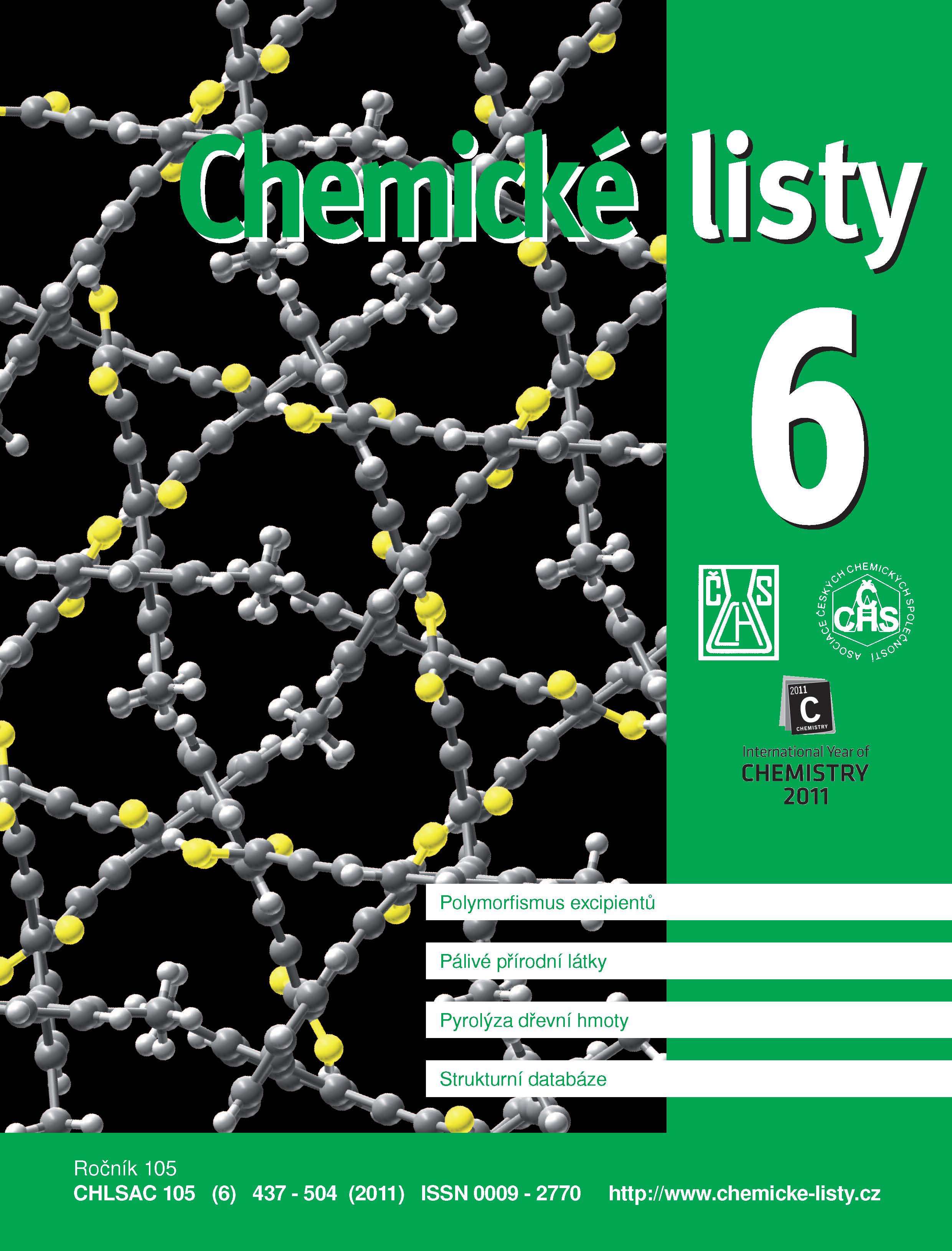Influence of Methods of River Sediment Extraction on the Results of Selected Ecotoxicological Tests
Keywords:
dichloromethane, aqueous leachate, Soxhlet extraction, sonication, Daphnia magna, Sinapis alba, SOS-chromotest, Escherichia coliAbstract
River sediments are contaminated with a wide range of substances from the water environment. Such contaminants may be buried for a long time and then gradually released into the environment. For this reason, attention must be paid to their load. Ecotoxicological tests are usually used to assess toxic and genotoxic effects of sediments; the sediment extracts are adjusted for these purposes. The aim of this article is to assess the effect of three common methods of sediment extraction on results of three selected standardized ecotoxicological tests. The samples were prepared by shaking with water, Soxhlet extraction with dichloromethane (DCM) or extraction with DCM under sonication. Toxicity was tested using the acute immobilisation test on water flees (Daphnia magna) and the test based on inhibition of growth of the Sinapsis alba root. The SOS-chromotest was used as a genotoxicity test. The experiments performed show that the selected method of extraction can significantly influence the results of ecotoxicological tests.





